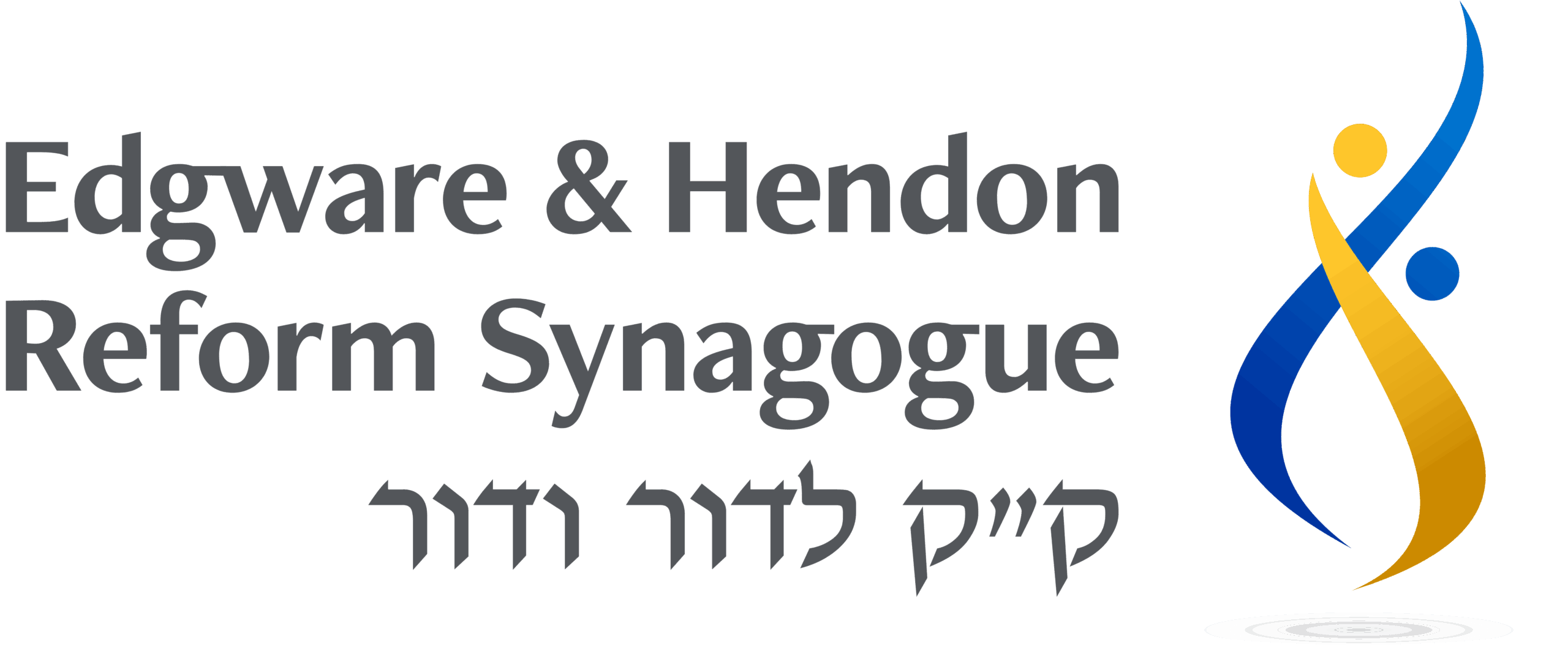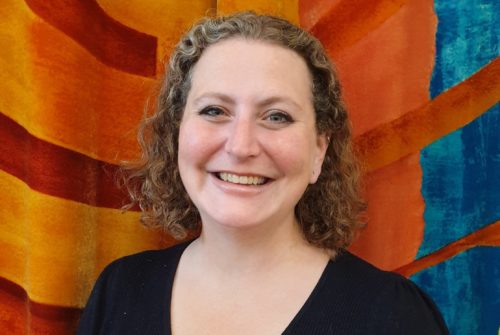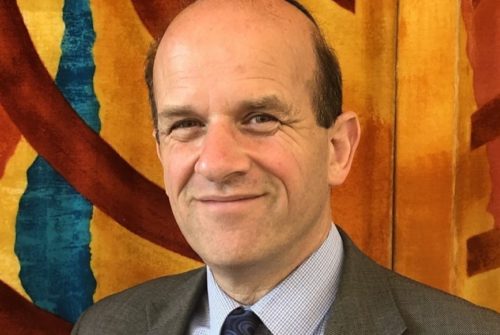“My brother and I were at Sinai
He kept a journal of what he saw of what he heard of what it all meant to him
I wish I had such a record of what happened to me
It seems like every time I want to write I can’t
I’m always holding a baby one of my own or one of my friend always holding a baby so my hands are never free to write things down
And then
As time passes the particulars the hard data the who what when where why slip away from me and all I’m left with is the feeling
But feelings are just sounds
The vowel barking of a mute my brother is so sure of what he heard after all he’s got a record of it consonant after consonant after consonant
If we remembered it together we could recreate holy time sparks flying”
This poem by Merle Feld has long been a favourite of mine, and I shared it at the very first Pimms and Poetry meet up at the shul which we launched this year. For me it beautifully summarises what it means for us as a people to receive Torah, as we reenacted in the Torah service this morning. There is always more meaning to be gleaned. There are always other voices to hear.
It also reflects a natural reality of reading Torah. The text inside each scroll in our ark, and in every ark around the world, is identical, but free of vowels, free of the feelings, free of the difference every single reader and listener can make. Although a group called the masoretes set as standard what vowels and singing notes we should use in around 800CE (and of course multiple textual variants exist before this time). While the Masoretes did an enormous service for the Jewish people as a whole, creating a standardised text we could all rely on, it also took away some of the multiple options individuals could apply to each line of the text.
We of course have many ways of doing that, from midrash to commentators, because even with the vowels, there are so many questions to be answered and gaps to be filled! Just as we celebrated last night with our Tikkun Leyl named ’70 faces of Torah[1]’ alluding to the many interpretations possible of each letter and word in Torah, Midrash itself celebrates the idea that the God of the Torah, even at the moment of it’s giving, appeared to each individual at mount Sinai in a way that they were able to see and comprehend, and thus appeared in at least 600,00 different ways, acting as the vowels of Feld’s poem. If we want to really know what happened at Sinai, one account will never be enough, it takes listening to everyone that was present to come close to understanding the full truth.
We live in a world that needs this approach of multiple vocality more than ever. We have lost the ability to cope politely with a variety of approaches to any given topic, or as my friend and colleague, Reverend Patrick Morrow described it to me some 20 years, we need to regain a quality of disagreement.
The Shabbat before Shavuot is always Shabbat Bamidbar, the start of the book of Numbers, where we read about the orders to create a census of those who might serve in a military force for the wandering Israelites. The language used, however, isn’t just the language of counting, which is used elsewhere, but says שְׂא֗וּ אֶת־רֹאשׁ֙ כׇּל־עֲדַ֣ת בְּנֵֽי־יִשְׂרָאֵ֔ל – lift up the heads of all of the community of the children of Israel. God doesn’t just count the numbers of the community, but wants to lift u p the head of each and every one, wants to see the unique faces and features of each one of us. Just as Feld has it in her poem, the story is incomplete without everyone’s unique voice and viewpoint being added. There is an odd tradition that in Judaism we should never count people, and as with all things there are multiple answers as to why. But perhaps it is because we are not just numbers, and Judaism wants us to remember that. Our individual input into the whole should always be valued.
And in our diverse uniqueness, we are all still ‘b’tzelem elohim’ – created in the image of God. Perhaps it is our very diverse cacophony of voices that is a tool to help us understand the enormity of the idea of God. It is the sum of human diversity that brings us a step closer to understanding that which is beyond our understanding, and so as each of us individually adds the vowels, the commentary, and the relevance to each generation that reads Torah, we are each valued as individuals, and each contributing to the greatness of the whole which holds us in community.
So as we once again stand at Sinai, let’s celebrate the vowels that each of us bring, and listen closely to the wisdom that our diversity can contribute to our own understanding. Chag Sameach!
[1] Bamidbar Rabbah 13,15



